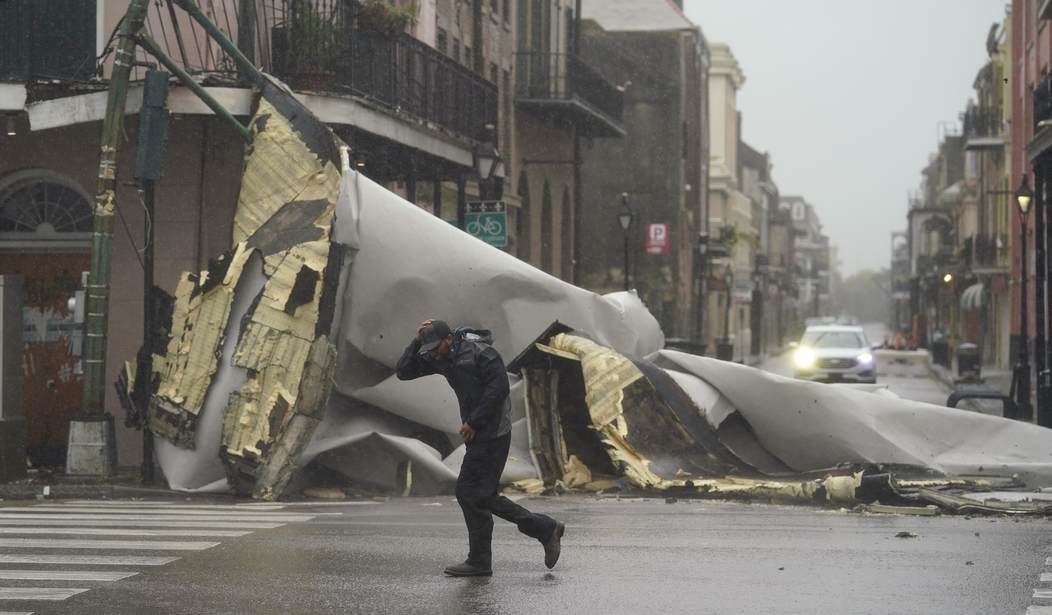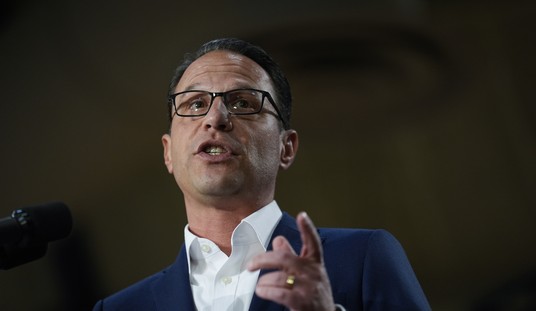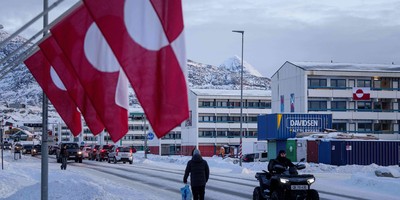The media are up to their old tricks. There just was a report of a line of high winds (labeled a “derecho”) accompanying the movement of a warm front northward over the Midwest on Monday afternoon past (June 13, 2022).
Peak gusts reached 98 mph in Fort Wayne, Indiana and 84 mph at Chicago’s O’Hare Airport according to Fox News/Weather. As the system swung into Indiana and Ohio, winds toppled power lines and trees and blew over a semi-tractor-trailer. Fortunately, no serious injuries were reported.
The intention here is not to minimize the seriousness of straight-line windstorms, but put them into perspective, along with other types of less common weather events. They are not unprecedented, as is otherwise often suggested by a sometimes less than candid news media.
The weather mavens at the National Oceanic and Atmospheric Agency (NOAA) and major news outlets have adopted the practice of changing common weather-related nomenclature to suit their purposes, particularly as applied to major tropical storms. The change-over process with hurricanes happened over the course of the past several decades, but managed to slip by little noticed in the public eye.
The weather establishment was never satisfied with naming summer hurricanes, done first with female, and more recently also with male, given names. The National Weather Service (NWS began assigning names to Atlantic hurricanes in 1953. Recently they adopted, in mission-creep style, the practice of giving alphabetized names to major North American winter storms, heretofore having reported them as anonymous snow storms and blizzards by date of occurrence.
A recent innovation by the NWS is to label thunderstorms accompanied by strong straight-line winds that create damage for several hundred miles as "derechos", borrowing liberally from the Spanish language that makes common use of the word that translates into English as “straight ahead” or “correct.” Derecho winds blow in a forward direction outward from the leading edge of thunderstorms to form a “bow echo”, as observed by weather radar. The cooler winds that issue out from the storm’s base recall Oscar Hammerstein’s lyrics from the musical “Oklahoma.” “…when the wind comes right behind the rain…”
Recommended
A University of Iowa professor coined the term "derecho” in 1888 to apply to complex, large-scale thunderstorms with associated straight-line winds, after several such storms had destroyed crops in the state. Subsequently, the technical term was ignored by the outside world and the word “derecho” temporarily lost its usage in English.
There is little historical mention of other straight-line wind storms before 1888. But I'd assume some of them could have been classified (or not) as "derechos”—such as the broad area of winds that drove both the Great Chicago Fire and Peshtigo’s "Unknown Fire.” Both horrendous wildfires occurred simultaneously on the evening of October 8, 1871. The wind event predates the original coining of the term “derecho” and was poorly understood at the time.
In 1981, straight line winds in the form of a violent, local microburst, officially determined by the NWS not to be a tornado, destroyed a home in Cottage Grove, Wisconsin belonging to my brother’s family, and five other nearby residences, as well.
Close friends, while on a canoe trip through the Boundary Waters Area of Minnesota, encountered a terrifying storm with straight-line winds that flattened thousands of acres of surrounding forest in July 1999. They were lucky to have survived.
More recently, derechos have caused extensive damage across portions of the United States, primarily east of the Rocky Mountains. In late June 2012, the “Ohio Valley/Middle Atlantic derecho” formed near the Iowa-Illinois border, crossed over Indiana and Ohio and raced across the Appalachians into the Middle Atlantic States, inflicting heavy damage in and around Baltimore, Maryland and Washington, DC. It was this storm that finally brought the existence of large-scale straight-line windstorms, or derechos, to the attention of the media and nation.
But now Fox News enters the scene in 2022, along with other media giants, trumpeting more of what they like to categorize as Johnny-come-lately "weird weather" events. Today's "derecho," a word no one in the public was very much familiar with before 2012, was re-inserted into the popular vernacular to add weight and recognition to weather occurrences once simply called destructive "straight-line winds.”
Nothing is particularly unprecedented about the straight-line windstorms that occasionally blow across the face of our planet. But the unusually strong set of winds, not necessarily defined as the straight-line variety, drove the two wildfires that burned down major parts of Chicago (more than three square miles including most of the then-existing downtown) and a one-time booming Peshtigo, WI, some 300 miles to the north. More than 1,200 lives were lost in that conflagration. Peshtigo remains to this day the deadliest wildfire in US history, aided and abetted by an unrelenting southwest wind.
But 1871 is a long time ago, and the storm arrived well before the media’s recently acquired awareness of derechos. Journalism has yet to wake up to the realization that similar storms have reared their heads, very possibly at least 150 years ago and longer, and well before today’s storms were being called “derechos.”
But there was no perceived need within the news media or the bureaucracies to sell a climate-change narrative in 1871. SUVs were nowhere to be seen on Chicago’s South Side, near Mrs. O’Leary’s cow shed or anywhere else.
William D. Balgord (Ph.D., geochemistry) heads Environmental & Resources Technology, Inc. and is a writer affiliated with the Cornwall Alliance for the Stewardship of Creation. Calvin Beisner, Ph.D., Executive Director of the Cornwall Alliance, contributed to the story.

























Join the conversation as a VIP Member